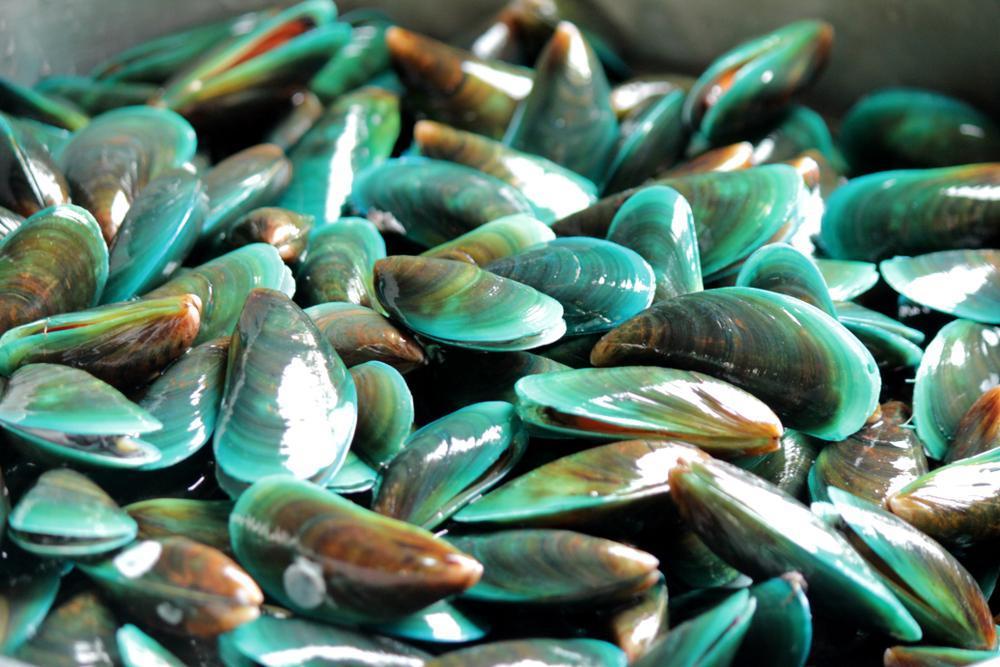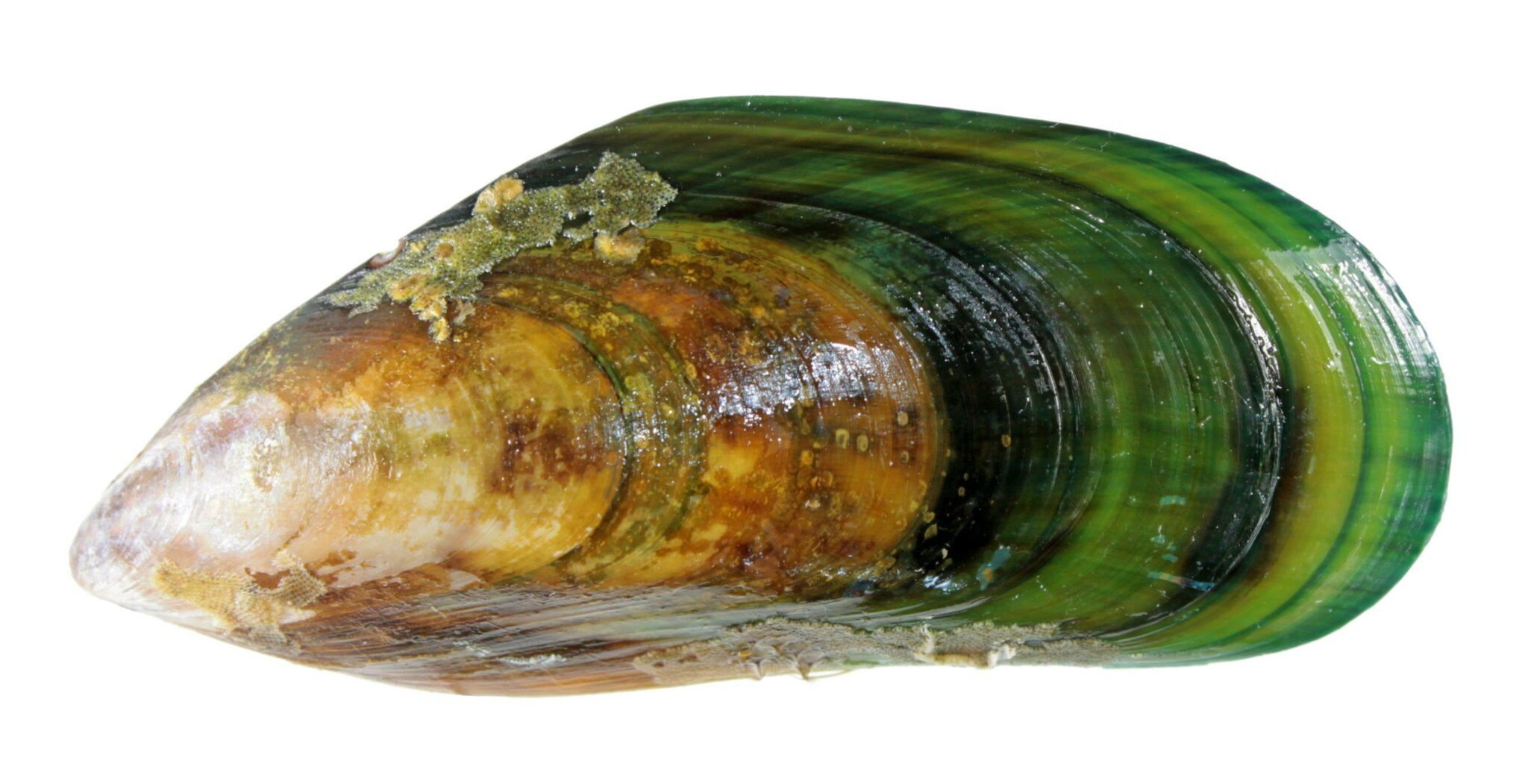-
£19.99

How to Choose a Good Joint Supplement
- September 17, 2020
- 7 min read
Joint issues like rheumatoid arthritis, osteoarthritis, spondylitis, hip dysplasia, lameness, luxating patellas or other inflammation and/or damage, can occur for a high proportion of dogs. We usually put it down to age, being overweight, activity and breed but joint issues do not discriminate. Around 1 in 5 dogs, only over the age of 1 can experience joint issues and this raises significantly over the age of 4. Joint supplements are one of the most searched for supplements for dogs and so I wanted to touch on this as there are the good, the bad and the ugly. I don’t want to talk about brands but how to choose a good joint supplement.
Here at MPN, we don’t get sponsored to recommend brands as we wish to remain impartial. There are some professionals who have been recommending brands due to incentives. It may well be those products are good, but how do we know that? So the best way to tackle this, is to understand how to best pick a joint supplement.
· Digestion; for a number of reasons, digestion can become compromised and the mucosal wall, the one cell epithelial, can become less integral and become ‘leaky’. A damaged intestinal lining is permeable, allowing larger, undigested food particles and intestinal microbes to escape into the bloodstream. The food particles that leak into the bloodstream are viewed by the immune system as foreign bodies, causing an immune system response. The microbes that escape into the bloodstream can also cause an immune system reaction. These microbes are often gram-negative gut bacteria whose outer membranes contain molecules called lipopolysaccharides(LPS). Lipopolysaccharides trigger the immune system. Gut microbiota also has a role to play in the function and aetiology of RA (Rheumatoid Arthritis).
· Inflammation; it’s generally the inflammation and rubbing of joints that create pain and stiffness. Immune responses to allergens or stress can create an inflammatory cascade, known as the cytokine inflammatory cascade that can create a systemic inflammation, affecting joint health. An activated immune system produces antibodies that can travel in the bloodstream and create an inflammatory response in other parts of the body, including joints, leading to arthritic pain and swelling.
· Degradation; is the main reason for the breakdown of the joint matrix. Degenerative joint disease, often osteoarthritis (OA), is a common “wear and tear” disease that occurs when the cartilage that serves as a cushion in the joints deteriorates. This condition can affect any joint but is most common in knees, paws, hips, and spine. The joint matrix and connective tissue need to be supported by components that replicate the structure of joints, naturally.
· Oxidation; increasing evidence suggests that oxidative stress may play a key role in joint destruction and in particular, rheumatoid arthritis (RA). Free radical damage can create more degradation and inflammation, so looking to support this process with natural antioxidants to help create a protection and further degradation, is essential.
· Joint Lubrication; synovial fluid within the joint matrix is incredibly important to support cushioning and movement. Alterations in synovial fluid (SF) lipid composition have been linked to both osteoarthritis (OA) and rheumatoid arthritis (RA). This needs to be supported in a joint formula when choosing your product.
What ingredients can be considered for the 5-TIONS
DIGESTION
N Acetyl Glucosamine: is a wonderful form of glucosamine that has an affinity to the healing of the gut mucosa, healing ‘leaky gut syndrome’.
Findings here
Green Lipped Mussel: GLMs are rich in glycosaminoglycans and glycosaminoglycan precursors, known as GAGs. An important GAG found in GLMs is chondroitin sulfate a well-documented structural ingredient for connective tissue found in the mucosal wall of the digestion.
Findings here
INFLAMMATION
Green Lipped Mussel; the fatty acids in green lipped mussels with EPA (eicosapentaenoic acid) and DHA (docosahexanoic acid) are the most abundant. These are the important fatty acids that are known to reduce inflammation. GLM’s are natural COX inhibitors just like NSAIDS (non-steroidal anti-inflammatory drugs), so they can obtain the same pain free results without the negative side effects. They are also natural LOX inhibitors too.
Findings here
Devils Claw: is a flowering plant of the sesame family. Its root packs several active plant compounds and is used as an herbal supplement and its botanical name, Harpagophytum, means “hook plant” in Greek. Some studies suggest that compounds called iridoid glycosides, found in devils claw, may also have antioxidant effects. This means the plant may have the ability to ward off cell-damaging effects of unstable molecules called free radicals.
Findings here
Boswellia Serrata: shows suppression of inflammation and mechanism of action of extract might be linked to lipoxygenase and/or cycloxygenase. Providing maximum inhibitory response as compared to other fractions. The result strongly suggests that the oleo-gum-resin of B.S can be used efficiently as analgesic and anti-inflammatory agent.
Findings here
Curcumin: has proven to be beneficial in the prevention and treatment of a number of inflammatory diseases due to its anti-inflammatory activity. Arachidonic acid-derived lipid mediators that are intimately involved in inflammation are biosynthesised by pathways dependent on cyclooxygenase (COX) and lipoxygenase (LOX) enzymes. The role of LOX and COX isoforms, particularly COX-2, in the inflammation has been well established.
Findings here
MSM (Methylsulfonylmethane): is an organosulfur compound and often used for it’s anti-inflammatory and structural capabilities for joint health. In invivo, MSM reduced cytokine production involved in the inflammatory process.
Ginger: contains anti-inflammatory compounds that function in the same way as COX-2 inhibitors and may help joint inflammation and namely OA (Osteo Arthritis).
Findings here
DEGRADATION
Glucosamine HCL and chondroitin: are like building blocks, supporting the health of your cartilage, tendons, and ligaments providing glycosaminoglycan precursors, known as GAGs. This ingredients have shown great results in supporting joint health and degradation. These ingredients seem to show an analgesic affect.
Findings here
Collagen Type II (hydrolysed preferably): rich in amino acids that play an important role in the building of cartilage and it may have anti-inflammatory. A study in dogs demonstrated that with or without a combination of glucosamine and chondroitin, Collagen type II proved safe and effective in joint mobility and pain.
Findings here
Green Lipped Mussel: GLMs are rich in glycosaminoglycans and glycosaminoglycan precursors, known as GAGs. An important GAG found in GLMs is chondroitin sulfate a well-documented structural ingredient for joint support.
Findings here
Vitamin C: has been vastly researched and proven to support and help synthesis collagen.
Findings here
Findings here
MSM (Methylsulfonylmethane): supplementation also alleviates markers of oxidative stress and muscle damage following acute bouts of exercise in a healthy dog.
Findings here
JOINT LUBRICATION
Hyaluronic Acid: has several functions in the joint, including: lubrication. Hyaluronic acid binds to water, producing a viscous, jelly-like consistency. This viscous fluid provides lubrication and also acts as a cushioning, shock absorber within the joint. Hyaluronic acid (HA) is a naturally occurring glycosaminoglycan and a component of synovial fluid and cartilage matrix.
Green Lipped Mussel: GLMs provide polysulfated glycosaminoglycans (PSGAGs), the building blocks for cartilage and joint synovial fluids.
A few rules to follow
Consultations
Thanks for reading!
MPN Team x
Here at MPN, we don’t get sponsored to recommend brands as we wish to remain impartial. There are some professionals who have been recommending brands due to incentives. It may well be those products are good, but how do we know that? So the best way to tackle this, is to understand how to best pick a joint supplement.
There are five major corner stones to joint health, 5 major physiological processes and impactions that affect the joint. These are digestion, inflammation, degradation, oxidation and joint lubrication. We call it the 5-TIONS and if we understand what is happening and what ingredients help with those physical elements, then we can choose wisely.When looking at joint health you need to consider all mechanisms responsible for the disease and then how to select ingredients to support those processes.
· Digestion; for a number of reasons, digestion can become compromised and the mucosal wall, the one cell epithelial, can become less integral and become ‘leaky’. A damaged intestinal lining is permeable, allowing larger, undigested food particles and intestinal microbes to escape into the bloodstream. The food particles that leak into the bloodstream are viewed by the immune system as foreign bodies, causing an immune system response. The microbes that escape into the bloodstream can also cause an immune system reaction. These microbes are often gram-negative gut bacteria whose outer membranes contain molecules called lipopolysaccharides(LPS). Lipopolysaccharides trigger the immune system. Gut microbiota also has a role to play in the function and aetiology of RA (Rheumatoid Arthritis).
· Inflammation; it’s generally the inflammation and rubbing of joints that create pain and stiffness. Immune responses to allergens or stress can create an inflammatory cascade, known as the cytokine inflammatory cascade that can create a systemic inflammation, affecting joint health. An activated immune system produces antibodies that can travel in the bloodstream and create an inflammatory response in other parts of the body, including joints, leading to arthritic pain and swelling.
· Degradation; is the main reason for the breakdown of the joint matrix. Degenerative joint disease, often osteoarthritis (OA), is a common “wear and tear” disease that occurs when the cartilage that serves as a cushion in the joints deteriorates. This condition can affect any joint but is most common in knees, paws, hips, and spine. The joint matrix and connective tissue need to be supported by components that replicate the structure of joints, naturally.
· Oxidation; increasing evidence suggests that oxidative stress may play a key role in joint destruction and in particular, rheumatoid arthritis (RA). Free radical damage can create more degradation and inflammation, so looking to support this process with natural antioxidants to help create a protection and further degradation, is essential.
· Joint Lubrication; synovial fluid within the joint matrix is incredibly important to support cushioning and movement. Alterations in synovial fluid (SF) lipid composition have been linked to both osteoarthritis (OA) and rheumatoid arthritis (RA). This needs to be supported in a joint formula when choosing your product.
What ingredients can be considered for the 5-TIONS
DIGESTION
N Acetyl Glucosamine: is a wonderful form of glucosamine that has an affinity to the healing of the gut mucosa, healing ‘leaky gut syndrome’.Findings here
Green Lipped Mussel: GLMs are rich in glycosaminoglycans and glycosaminoglycan precursors, known as GAGs. An important GAG found in GLMs is chondroitin sulfate a well-documented structural ingredient for connective tissue found in the mucosal wall of the digestion.
Findings here
INFLAMMATION
Green Lipped Mussel; the fatty acids in green lipped mussels with EPA (eicosapentaenoic acid) and DHA (docosahexanoic acid) are the most abundant. These are the important fatty acids that are known to reduce inflammation. GLM’s are natural COX inhibitors just like NSAIDS (non-steroidal anti-inflammatory drugs), so they can obtain the same pain free results without the negative side effects. They are also natural LOX inhibitors too.Findings here
Devils Claw: is a flowering plant of the sesame family. Its root packs several active plant compounds and is used as an herbal supplement and its botanical name, Harpagophytum, means “hook plant” in Greek. Some studies suggest that compounds called iridoid glycosides, found in devils claw, may also have antioxidant effects. This means the plant may have the ability to ward off cell-damaging effects of unstable molecules called free radicals.
Findings here
Boswellia Serrata: shows suppression of inflammation and mechanism of action of extract might be linked to lipoxygenase and/or cycloxygenase. Providing maximum inhibitory response as compared to other fractions. The result strongly suggests that the oleo-gum-resin of B.S can be used efficiently as analgesic and anti-inflammatory agent.
Findings here
Curcumin: has proven to be beneficial in the prevention and treatment of a number of inflammatory diseases due to its anti-inflammatory activity. Arachidonic acid-derived lipid mediators that are intimately involved in inflammation are biosynthesised by pathways dependent on cyclooxygenase (COX) and lipoxygenase (LOX) enzymes. The role of LOX and COX isoforms, particularly COX-2, in the inflammation has been well established.
Findings here
MSM (Methylsulfonylmethane): is an organosulfur compound and often used for it’s anti-inflammatory and structural capabilities for joint health. In invivo, MSM reduced cytokine production involved in the inflammatory process.
Ginger: contains anti-inflammatory compounds that function in the same way as COX-2 inhibitors and may help joint inflammation and namely OA (Osteo Arthritis).
Findings here
DEGRADATION
Glucosamine HCL and chondroitin: are like building blocks, supporting the health of your cartilage, tendons, and ligaments providing glycosaminoglycan precursors, known as GAGs. This ingredients have shown great results in supporting joint health and degradation. These ingredients seem to show an analgesic affect.Findings here
Collagen Type II (hydrolysed preferably): rich in amino acids that play an important role in the building of cartilage and it may have anti-inflammatory. A study in dogs demonstrated that with or without a combination of glucosamine and chondroitin, Collagen type II proved safe and effective in joint mobility and pain.
Findings here
Green Lipped Mussel: GLMs are rich in glycosaminoglycans and glycosaminoglycan precursors, known as GAGs. An important GAG found in GLMs is chondroitin sulfate a well-documented structural ingredient for joint support.
Findings here
Vitamin C: has been vastly researched and proven to support and help synthesis collagen.
Findings here
OXIDATION
Vitamin C and E are both wonderful antioxidants and both a gem in decent values.Findings here
MSM (Methylsulfonylmethane): supplementation also alleviates markers of oxidative stress and muscle damage following acute bouts of exercise in a healthy dog.
Findings here
JOINT LUBRICATION
Hyaluronic Acid: has several functions in the joint, including: lubrication. Hyaluronic acid binds to water, producing a viscous, jelly-like consistency. This viscous fluid provides lubrication and also acts as a cushioning, shock absorber within the joint. Hyaluronic acid (HA) is a naturally occurring glycosaminoglycan and a component of synovial fluid and cartilage matrix.Green Lipped Mussel: GLMs provide polysulfated glycosaminoglycans (PSGAGs), the building blocks for cartilage and joint synovial fluids.
A few rules to follow
- More ingredients do not mean a better product (consider the 4 corner stones as mentioned above)
- Research the guided therapeutic amounts for key ingredients such as GLM (200-400mg per 5g of weight for example)
- Remember that as a naturopathic blend, not all values have to be high. It’s about the synergy of the ingredients
- Look at bioavailability of ingredients, are they in whole-food form, have they used technologies, are they tablet or capsule, liquid, if so what base is used
- Avoid fillers/bulking agents to powder and capsules such as maize, corn (maltodextrin), soy, potato starch, rice flour
- Avoid names of things you don’t understand such as magnesium stearate, titanium dioxide
- Look for ‘free from dairy, wheat, gluten, soy etc’
- Whilst we understand wanting to make something palatable, it’s best unflavoured and in it’s purest form
- Before buying a product with additional calcium, manganese, boron and so on, check to see if your dog requires these additional fillers
- Check to see the provenance of ingredients, if a omega oil or powder, what form is it, where did it come from, how clean is it, what processes has it been through
- Where do the ingredients originate from
- Who makes the product, look under the hood of the company
- If you cant answer the above with a little investigation online, call the company
Consultations
Thanks for reading!
MPN Team x
Customer Reviews
Explore related products
Related articles

General HealthArthritis
The Link Between Leaky Gut and Arthritis
Jan 31 2023
•
9 mins 40 secs

General HealthArthritis
4 Times You Don’t Want To Feed Veg To Your Dog
Jun 21 2022
•
3 mins 58 secs
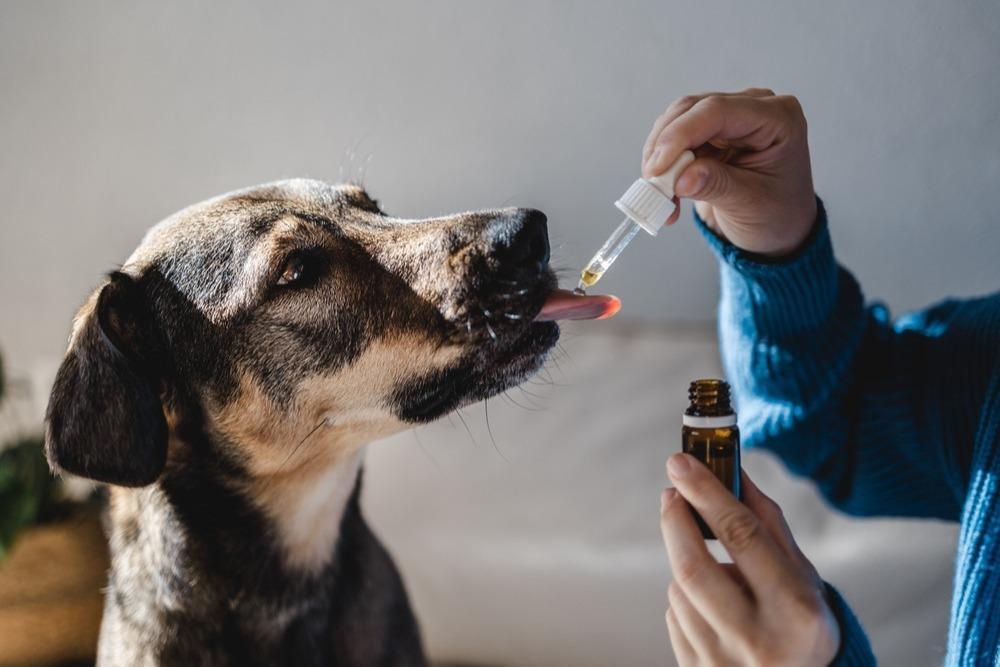
General HealthArthritis
Do Herbs Have a Place in Canine Osteoarthritis?
May 03 2022
•
4 mins 35 secs

General HealthArthritis
Nutrients for Bone and Joint Health in Pets
Jan 10 2022
•
5 mins 3 secs

General HealthArthritis
Dogs in pain – what is it and how to look for it?
Jan 28 2021
•
8 min read
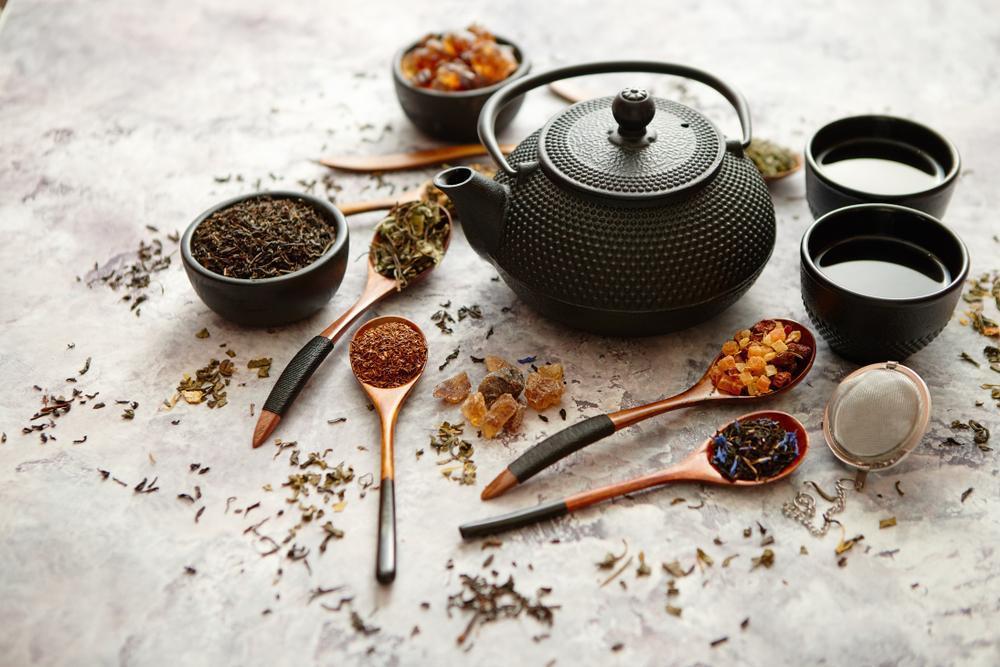
General HealthArthritis
How Traditional Chinese Medicine Can Help My Dog
Oct 21 2020
•
7 min read

General HealthArthritis
Obesity and Musculoskeletal Health in Dogs
Oct 06 2020
•
6 min read

General HealthArthritis
Natural Arthritis Guide and Herbs to Help Dogs
Aug 14 2020
•
18 min read
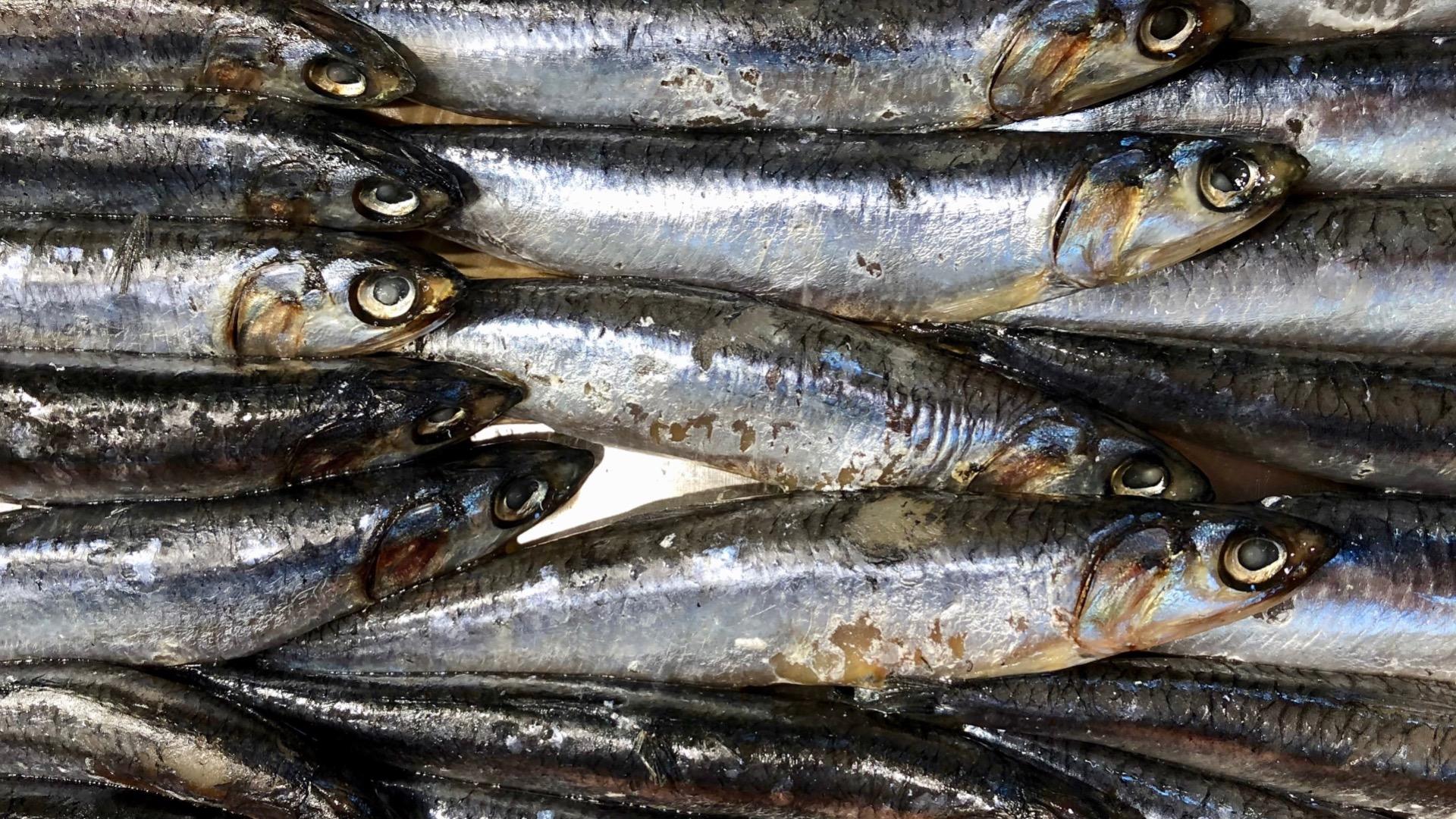
General HealthArthritis
Essential Fats for my Dog’s Diet: The Ultimate Guide
Mar 24 2020
•
10 min read
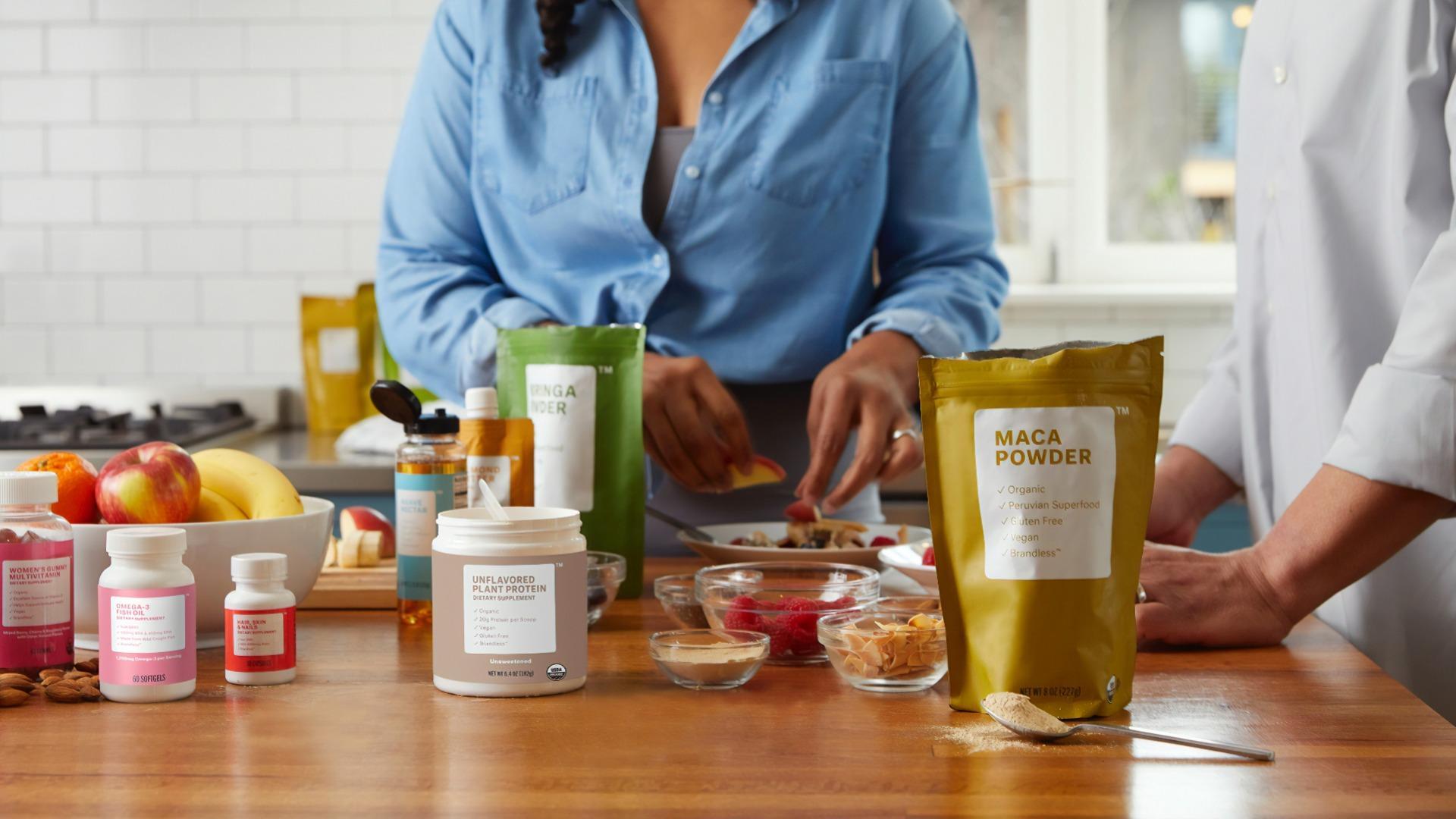
General HealthArthritis
How to choose the right supplements for my pet!
Nov 15 2019
•
6 min read
✕













